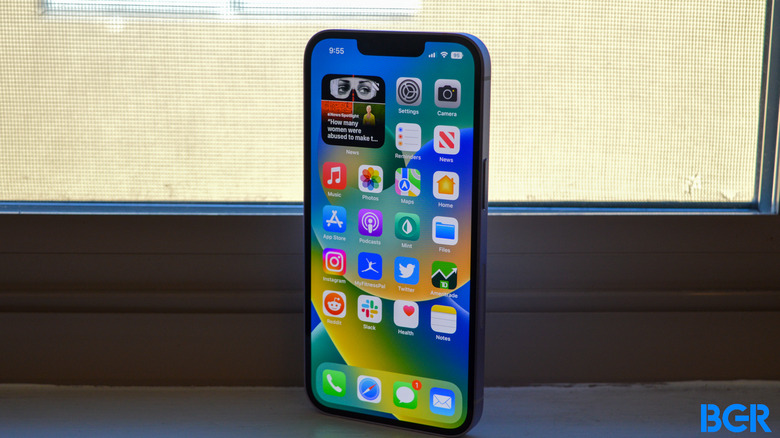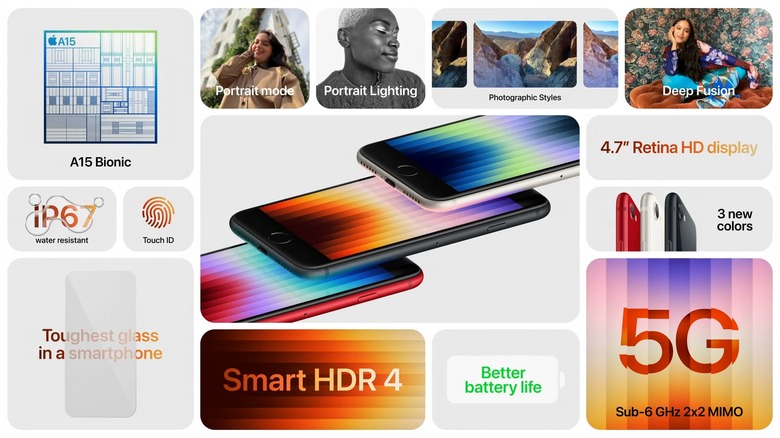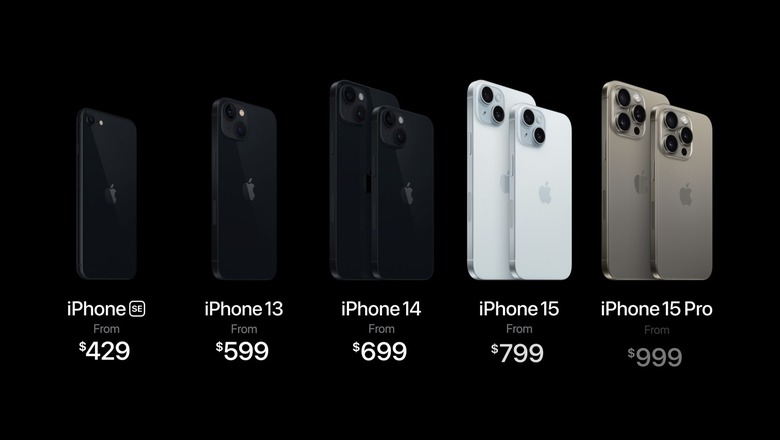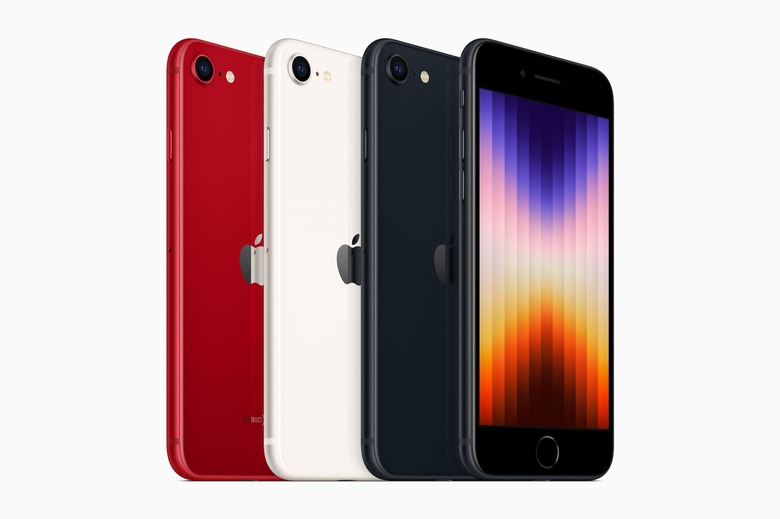Study Says iPhone SE 4 Will Lose Value Quickly, But People Are Getting It All Wrong
Apple is reportedly getting ready to launch the iPhone SE 4, and I've been a big fan of the project ever since word got out that the iPhone SE isn't going to be abandoned. The iPhone SE 4 will apparently feature an all-screen OLED panel with a notch or a Dynamic Island at the top. It'll also run on an A16 chip like Apple's iPhone 14 models.
These are great features in an entry-level iPhone. You'll get Face ID, USB-C, the Action button, and a decent camera on the back. That's if the rumors are correct.
Add years of iOS updates to the package, and the iPhone SE 4 will be a great budget phone next year for consumers looking for a sub-$500 phone. It'll also be a great first device for teenagers, and a good option for your mom and dad.
That's why I think a study saying the iPhone SE 4 might lose value quicker than other iPhones is being misinterpreted. That's not bad news for a phone with a price starting at under $500. It's actually the opposite.
iPhone SE value history
A new report from SellCell looked at the historical depreciation of the iPhone SE models compared to non-SE handsets. The conclusions are not surprising at all. The iPhone SE 2 and SE 3 lost their values at much steeper rates than regular iPhones. And the depreciation continued to hit as time marched on.
Here are some stats from the report:
On average, the iPhone SE 3 lost 23.9% more than the iPhone 13 range did in one month post launch. After three months, this figure was at 28.4% more depreciation.
Compared with the iPhone 14 series, the SE3 lost 9.5% more value in one month, and after three months it had lost 17.2% more than the iPhone 14.
The iPhone 15 is performing well compared to the SE 3. It has depreciated 13.8% less than the SE 3. After three months, the difference is 19.2%, with the SE 3 trailing far behind the iPhone 15 in depreciation terms.
The iPhone SE 3 launched in March 2022, priced $429-$579. After one month, the whole SE3 range had lost 42.6% of its value. After three months, it had lost 47.1% and, heading to 18 months, depreciation was 64.7%.
The iPhone SE 2 had a similar fate as the iPhone SE 3. As for regular iPhones, the iPhone 13 performed the best, per SellCell. It lost 18.7% of its value in the first month, with the resale value then settling for three months. After six months, it depreciated by only 25.6%.
The implication seems to be that the iPhone SE 4 will suffer the same fate. It'll lose its value very quickly, and therefore might not be a great investment. You won't get a great trade-in deal for it in a few years. Or you won't get to sell it for a good price down the road.
But that's a bad take.
Does it matter if the iPhone SE 4 loses value?
The iPhone SE 4 will probably start at $499. It can't possibly be as cheap as the iPhone SE 3's $429 starting price, considering all the upgrades it's supposed to get. Add inflation and the iPhone 14 likely staying in Apple's lineup at $599 next year, and you get your price range: $499 to $599.
Say the prediction is correct, and the iPhone SE 4 will depreciate as fast as the iPhone SE 3. That's tremendous news for anyone who is interested in buying mid-range phones. Rather than getting it right after Apple launches it, you can wait a while for the value to drop. Apple will not drop the price, but third-party resellers will discount used devices so you can score an even better deal on the iPhone SE 4.
Again, the iPhone SE 4 will offer a terrific set of specs and features for that price point, giving you an affordable way to enter Apple's ecosystem. The iPhone has gotten so good that a mid-range iPhone SE 4 might be exactly what most people need.
Also, the iPhone SE isn't a smartphone for early adopters who buy anew phone every year or two. Does the phone's trade-in value after a few months matter if you plan to keep the phone for three or four years, or perhaps even longer?
But maybe the prediction won't come true. The iPhone SE models lost value so quickly because of a glaring issue: The design. Apple sold the iPhone SE 2 and iPhone SE 3 at a time when all mid-rangers featured all-screen designs that trumped the old iPhone 6 design of the SE versions. And still, those iPhone SE models sold tremendously well.
The key advantage of the iPhone SE 4
The SellCell notes that budget phones don't have to depreciate faster than flagships, pointing out the iPhone 13 mini:
Some may say that a budget phone will always depreciate faster than a flagship phone, but this hasn't always been the case. Indeed, prior to its discontinuation, the iPhone 13 mini 128GB depreciated by only 42.8% 12 months post-launch, which is 11.5% less than the iPhone SE 2 and 21.6% less than the iPhone SE 3. This shows a budget phone can be a winner in holding its value.
That's a wrong depiction of the mini models. The iPhone 13 mini was never a budget phone. It was a flagship with the same design and specs as the iPhone 13. It cost $699 at launch ($729 without the $30 carrier offer). Because it was a flagship, with a flagship design, it never depreciated like an iPhone SE. It became more budget-friendly in the following years as Apple dropped the price.
Could the same thing happen with the iPhone SE 4; keep its value better because it rocks an all-screen design and a great set of specs? We'll see, but my point remains. It's not a bad thing if the iPhone SE 4 depreciates faster.
SellCell does say that there's also a scenario where there could be an increased demand for a new mid-range device like the iPhone SE 4. In such a case, the handset will retain its value for longer.
If you consider the iPhone an investment ando get a great resale price or trade-in deal for it, you should just buy a more expensive iPhone Pro. Your budget will take a hit, but the iPhone will keep its value better than the iPhone SE models worldwide.



